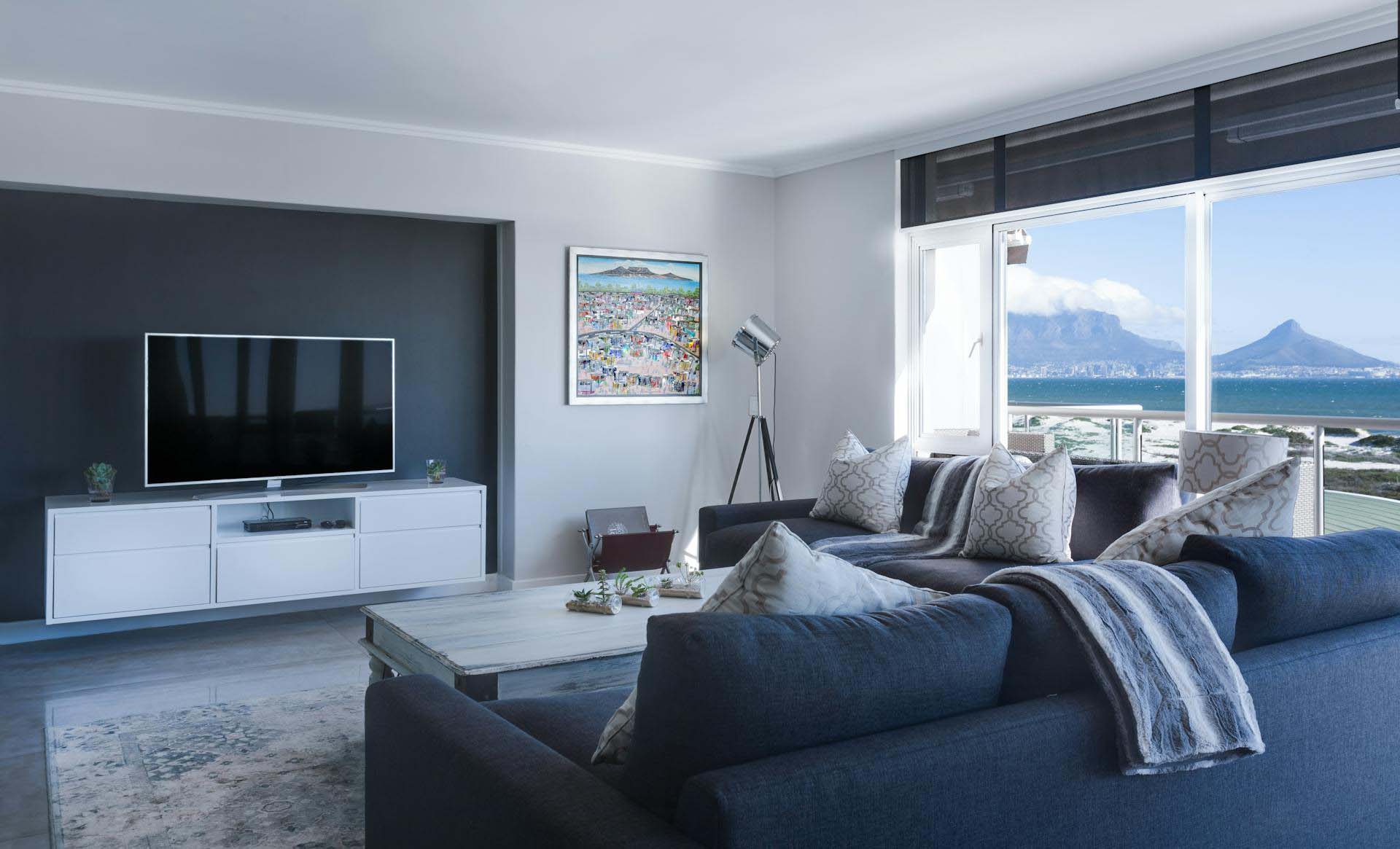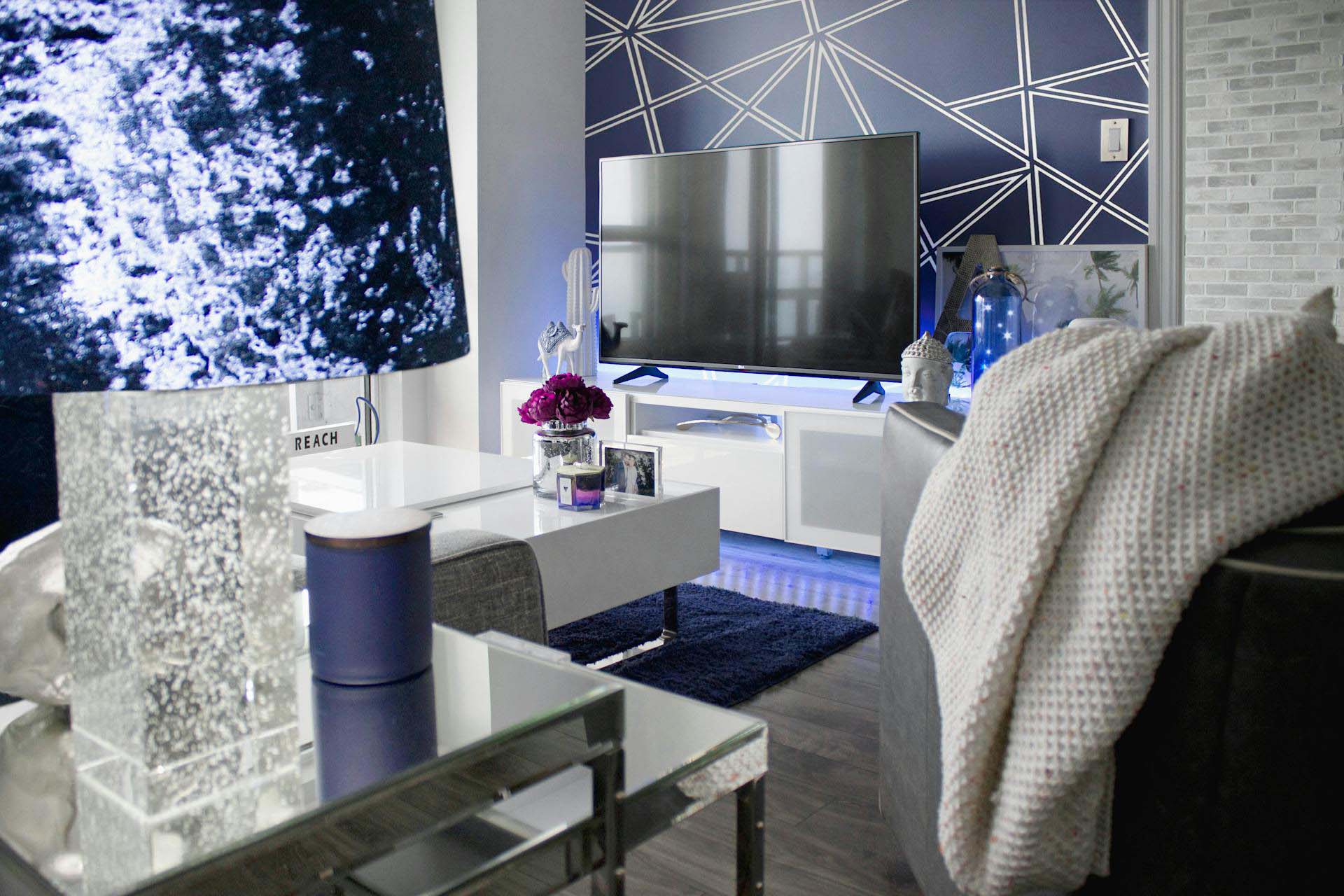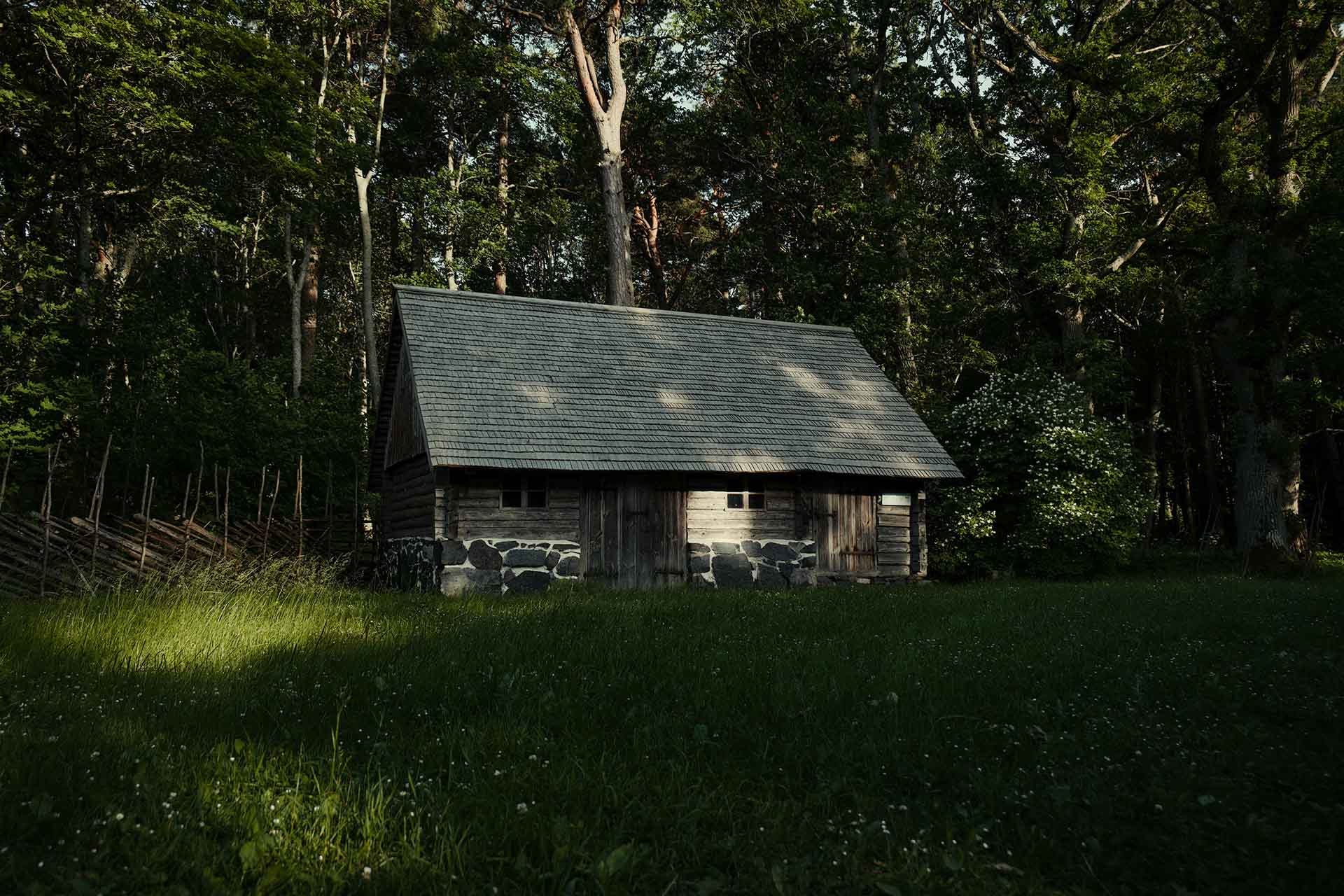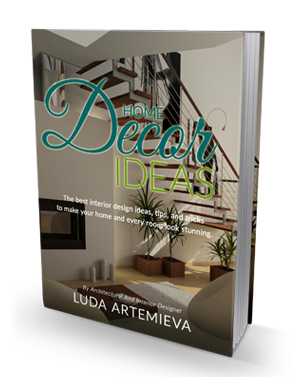Interior design is more than just aesthetics – it has a profound impact on how we feel and behave in a space. From the colours on the walls to the layout of furniture, every element contributes to shaping emotions, productivity, and overall well-being. Understanding the psychology of interior design allows architects and designers to create spaces that enhance mood, comfort, and functionality.
In this article, we explore how different design elements influence human psychology and how they can be used to create more harmonious and effective environments.
The Impact Of Colour Psychology
Colour plays a critical role in interior design, affecting emotions, energy levels, and even productivity. Different colours have varying psychological effects:
• Blue: Creates a sense of calm, focus, and relaxation. Ideal for bedrooms, offices, and healthcare spaces.
• Red: Stimulates energy and passion but can also evoke aggression. Best used as an accent in social spaces like dining areas.
• Green: Associated with nature and tranquility, green reduces stress and enhances creativity. Works well in offices and living rooms.
• Yellow: Encourages positivity and warmth but should be used in moderation, as excessive yellow can cause anxiety. Great for kitchens and entryways.
• Neutral Tones: White, beige, and gray create a sense of balance and sophistication, making spaces feel open and airy.
Choosing the right colour palette is crucial in setting the right mood for a space, whether it’s a relaxing bedroom retreat or a high-energy workspace.
The Influence Of Lighting
Lighting significantly affects mood and productivity. Natural light boosts serotonin levels, enhancing happiness and focus, while poor lighting can cause fatigue and stress. Here’s how different types of lighting impact interiors:
• Natural Light: Large windows, skylights, and glass doors allow ample daylight, improving well-being and reducing reliance on artificial lighting.
• Ambient Lighting: Soft, warm lighting creates a cozy atmosphere in living rooms and bedrooms.
• Task Lighting: Focused lighting, such as desk lamps or under-cabinet lights, improves functionality for workspaces and kitchens.
• Accent Lighting: Used to highlight architectural features or artwork, adding depth and character to a space.
Proper lighting design can transform a room from dull and uninviting to vibrant and inspiring.
The Role Of Spatial Layout And Furniture Arrangement
The way furniture is arranged impacts movement, comfort, and social interaction. Some key principles to consider include:
• Open Layouts: Encourage social interaction and flexibility, making them ideal for modern homes and collaborative office spaces.
• Zoning: Separating areas for different activities (e.g., work, relaxation, dining) helps create balance and organization.
• Ergonomics: Comfortable, well-designed furniture supports posture and prevents fatigue, especially in workspaces.
A well-planned layout ensures both functionality and psychological comfort, making a space more inviting and practical.
The Power Of Texture And Materials
Texture adds depth and sensory appeal to interiors, influencing how a space feels. Different materials evoke different emotions:
• Soft textures (velvet, wool) create warmth and coziness, ideal for living spaces and bedrooms.
• Smooth surfaces (glass, polished metal) evoke a sleek, modern aesthetic, often used in offices and contemporary homes.
• Natural materials (wood, stone) bring an organic, grounding element to spaces, promoting relaxation and balance.
By mixing textures thoughtfully, designers can create visually and physically engaging environments.
The Impact Of Biophilic Design
Incorporating natural elements into interiors can significantly enhance well-being. Biophilic design includes:
• Indoor plants and green walls to improve air quality and reduce stress.
• Natural wood and stone to create a connection with nature.
• Water features for a soothing ambiance.
These elements not only beautify spaces but also improve mental clarity, creativity, and relaxation.
A Great Feeling
Interior design is more than just choosing furniture and colours – it’s about creating an environment that influences emotions, productivity, and overall well-being. By understanding colour psychology, lighting, spatial layout, textures, and biophilic elements, designers can craft spaces that enhance both aesthetics and functionality. Whether designing a home, office, or public space, considering the psychological effects of design can lead to happier, healthier, and more productive environments.




